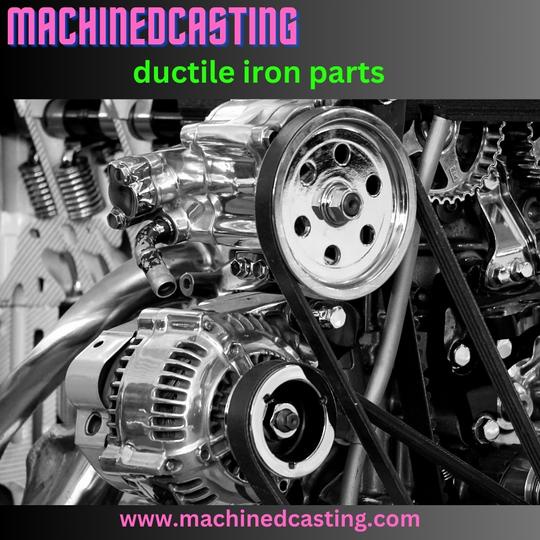Precision casting, also known as investment casting, is a sophisticated manufacturing process that allows for the creation of intricate and high-quality metal components. Whether you are a novice or an experienced professional, mastering the art of precision casting can elevate your craftsmanship to new heights. This comprehensive guide will take you through the key steps and considerations to ensure successful casting products.
1. Understanding Precision Casting:
Precision casting involves creating a mold, often made of ceramic, around a wax pattern. The wax is then melted away, leaving a cavity in the mold that is filled with molten metal. This method is ideal for producing complex shapes with tight tolerances, making it a popular choice for aerospace, automotive, and medical industries.
2. Selecting the Right Materials:
Choosing the appropriate materials for your casting products is crucial. Consider factors such as the type of metal, its melting point, and the desired properties of the final product. Common metals used in precision casting include stainless steel, aluminum, and bronze. Each metal has unique characteristics, so understanding their properties is essential for achieving the desired results.
3. Creating the Wax Pattern:
The precision casting process begins with crafting a detailed wax pattern of the intended product. This pattern serves as the prototype for the final metal component. Pay close attention to the intricate details and dimensions, as any imperfections in the wax pattern will be reflected in the final product.
4. Assembling the Mold:
Build a ceramic mold around the wax pattern, ensuring it is securely and precisely constructed. The mold must withstand the high temperatures of the molten metal without compromising its shape or integrity. Proper assembly and attention to detail during this step are critical for successful precision casting.
5. Melting and Pouring the Metal:
Once the mold is ready, the wax pattern is melted out, leaving a cavity in the shape of the desired product. Heat the chosen metal to its melting point and carefully pour it into the mold. Take precautions to prevent defects such as air bubbles or incomplete fills, which can affect the final product's quality.
6. Post-Casting Processes:
After the metal has solidified, remove the casting from the mold. Perform any necessary finishing processes, such as grinding, polishing, or heat treatment, to achieve the desired surface finish and mechanical properties.
7. Quality Control:
Thoroughly inspect the final casting for defects, dimensional accuracy, and overall quality. Implement quality control measures to ensure that your casting products meet or exceed the required specifications.
By following these steps and paying attention to detail at every stage, you can master the art of precision casting products and produce high-quality products that meet the demands of various industries. Remember, precision casting is both a science and an art, and continuous practice and refinement will lead to mastery in this intricate manufacturing process.


No comments yet